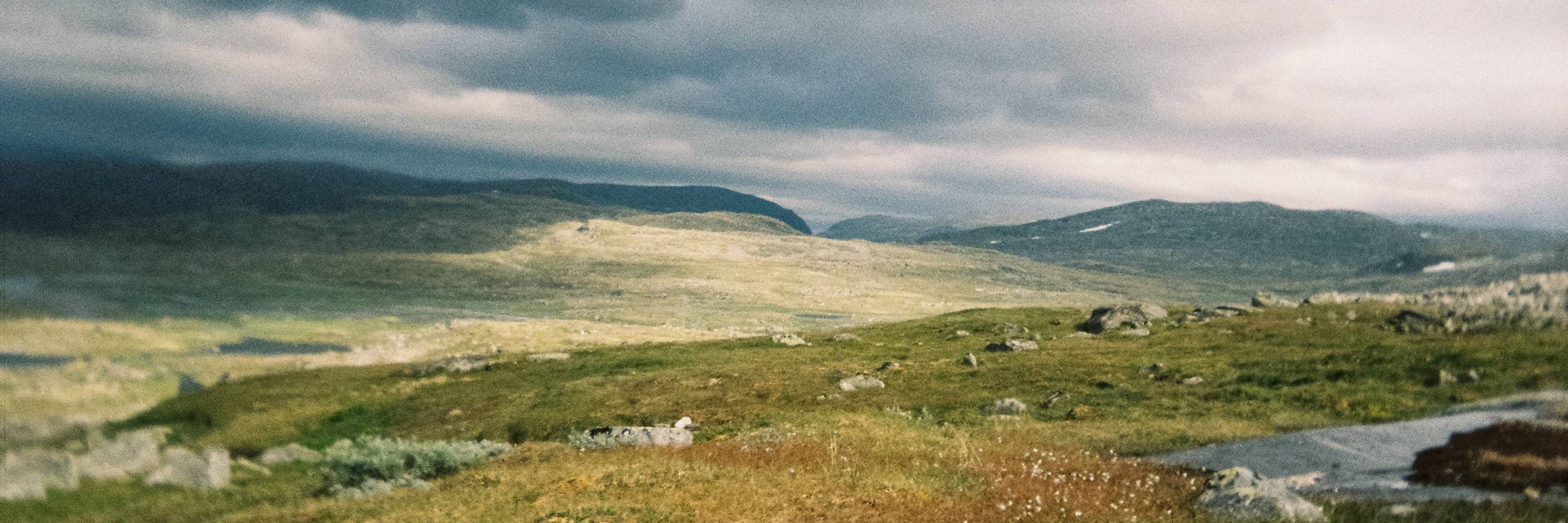
Then you automatically get the results as local variables in your notebook, and continue your pipeline 🚀
Then you automatically get the results as local variables in your notebook, and continue your pipeline 🚀
t.co/1e1LgnuNIi
t.co/1e1LgnuNIi
Do we need a GPU server all along? No! just for training and inference 👇
Do we need a GPU server all along? No! just for training and inference 👇

The spatial availability of CWS in urban areas can be a game changer. Here is Barcelona:

The spatial availability of CWS in urban areas can be a game changer. Here is Barcelona:
In fact, many of the Meteocat stations are featured in the GHCNh. But not all of them, i.e., there are 242 Meteocat stations vs. 93 GHCNh stations:

In fact, many of the Meteocat stations are featured in the GHCNh. But not all of them, i.e., there are 242 Meteocat stations vs. 93 GHCNh stations:
Here we can see how we can improve the spatial density of stations by combining both sources:

Here we can see how we can improve the spatial density of stations by combining both sources:
These are the GHCNh stations in Catalonia:

These are the GHCNh stations in Catalonia:
I will be adding further time-series based QC methods shortly. Stay tuned for more updates 📻
I will be adding further time-series based QC methods shortly. Stay tuned for more updates 📻
meteora.readthedocs.io/en/latest/us...
meteora.readthedocs.io/en/latest/us...
Additionally, there is a module to quality-control CWS data:
meteora.readthedocs.io/en/latest/us...
Additionally, there is a module to quality-control CWS data:
meteora.readthedocs.io/en/latest/us...
www.youtube.com/watch?v=8F9g...

www.youtube.com/watch?v=8F9g...

